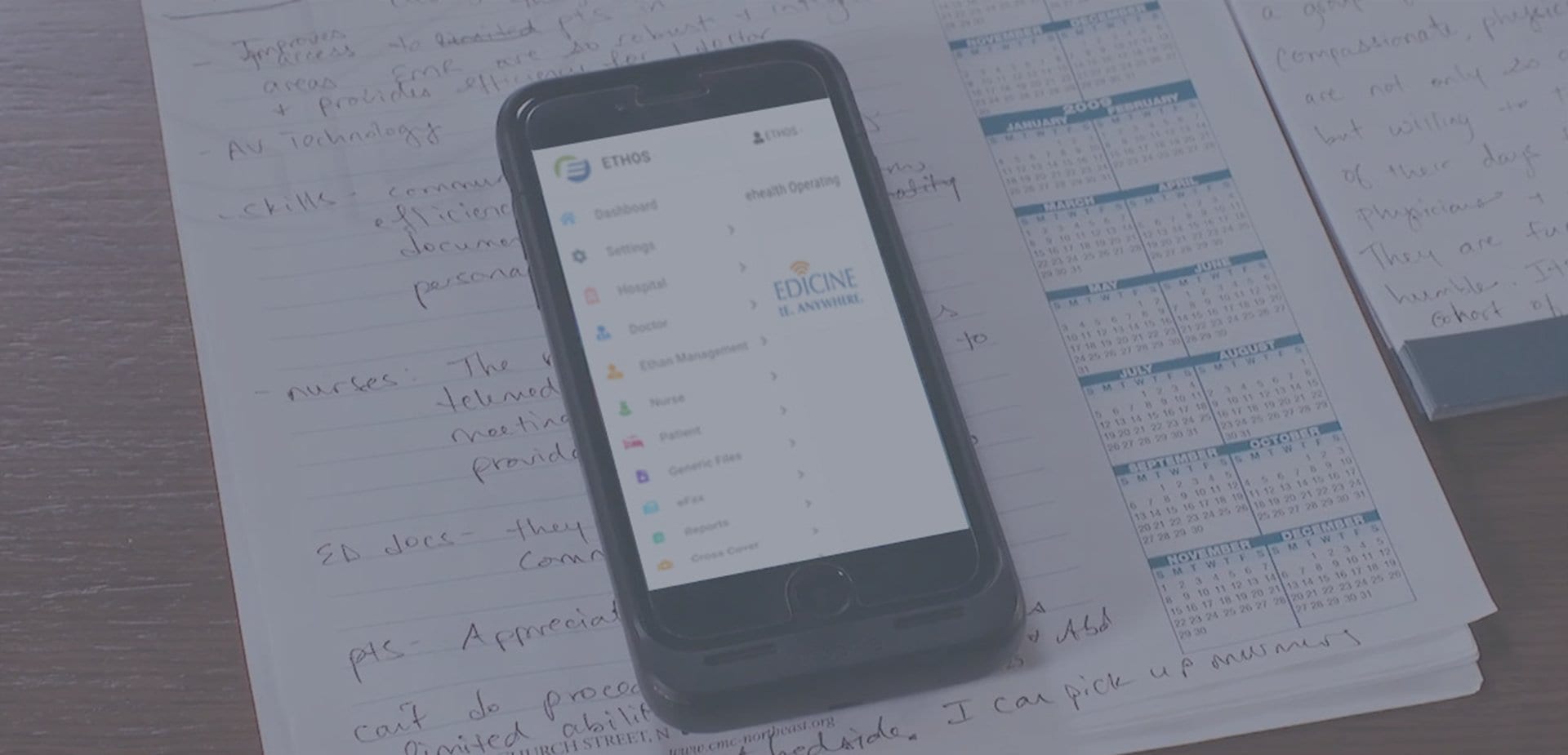Tele-ID Virtually Eliminates Infectious Disease Transfers
At first glance, one might think that telemedicine wouldn’t be the best medium for diagnosing and treating patients with infectious diseases (IDs). There is, after all, nothing to “listen to” in conditions of sepsis, infected wounds from diabetes or other ailments, meningitis, osteomyelitis, methicillin-susceptible Staphylococcus aureus (MSSA) or other infections—nothing a stethoscope on a videoconferencing cart can pick up from the sound of a patient’s heartbeat or stomach. But look again.
Read More








